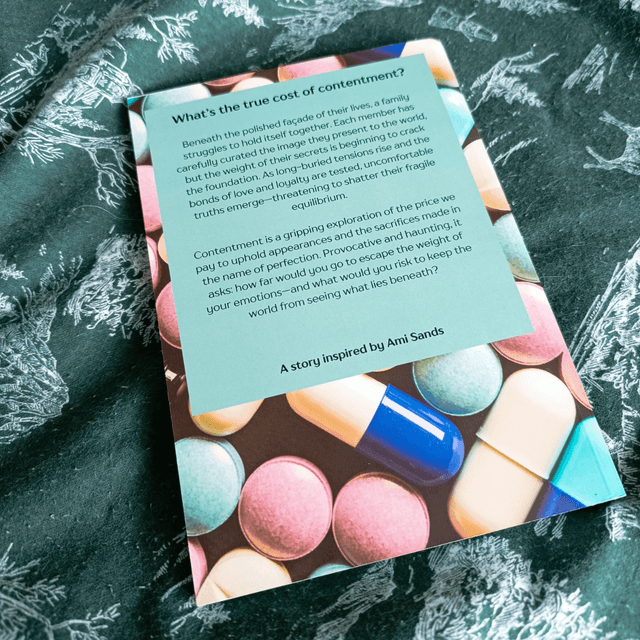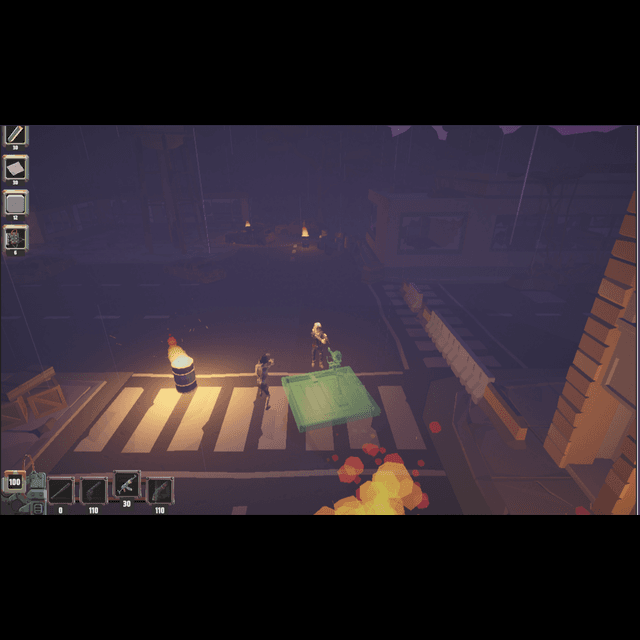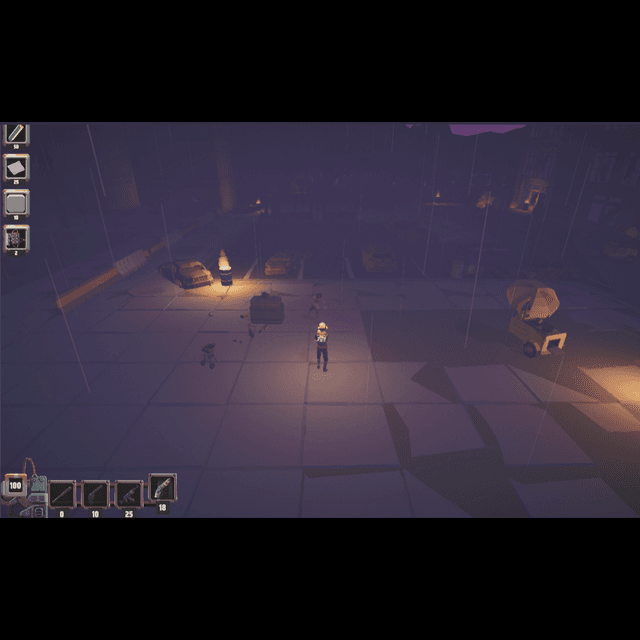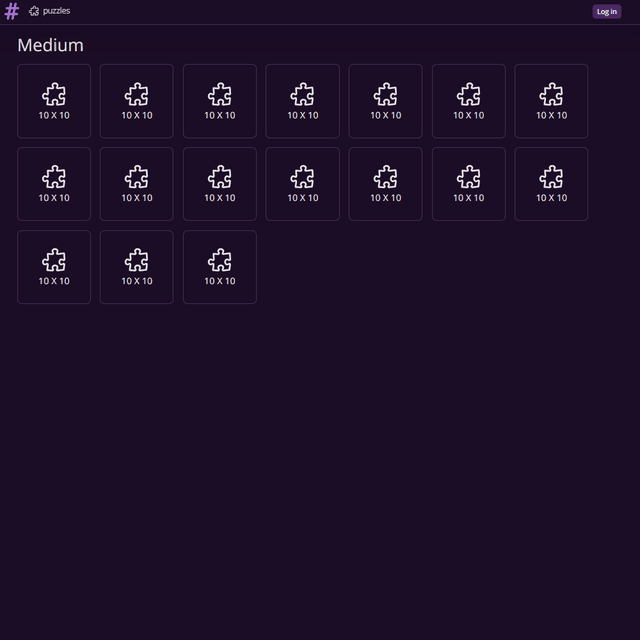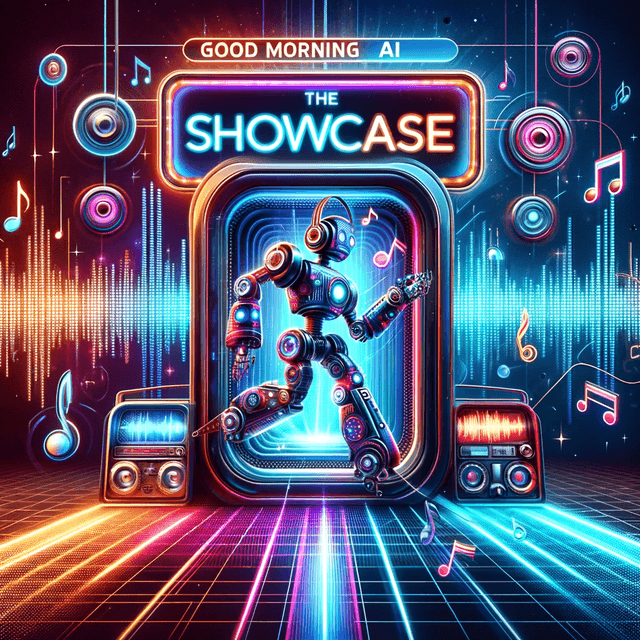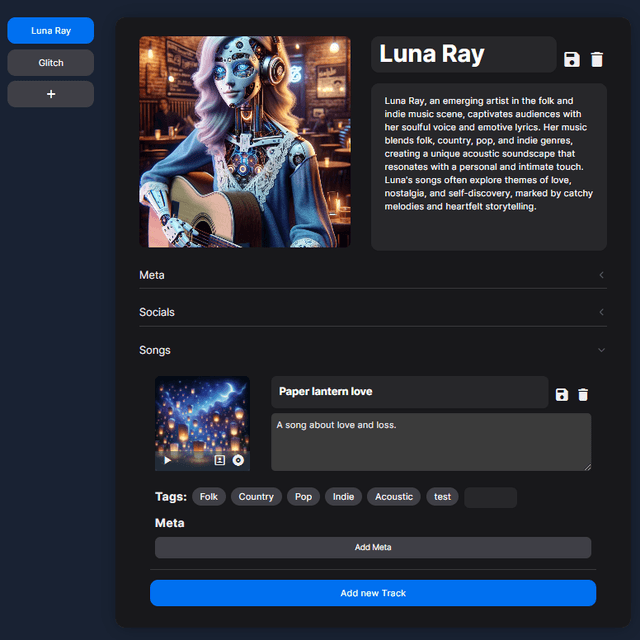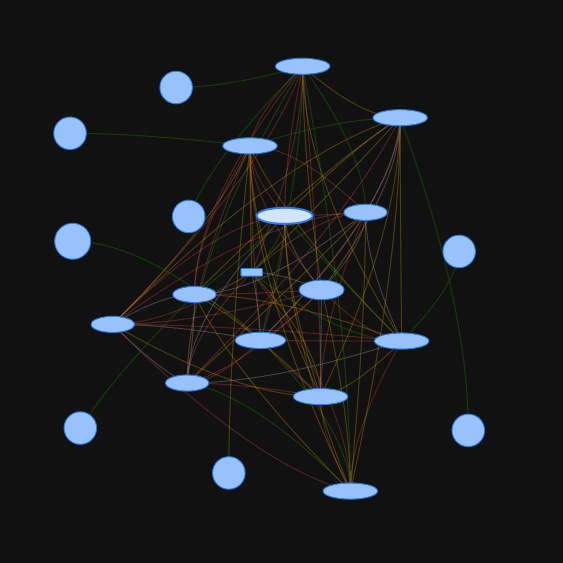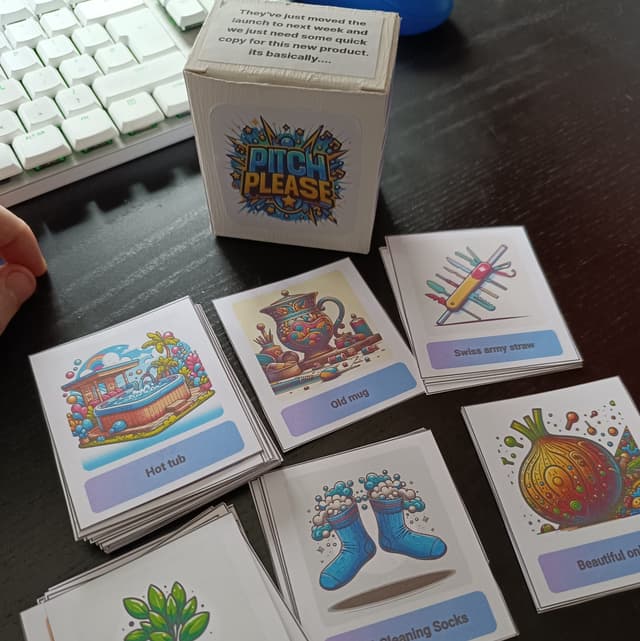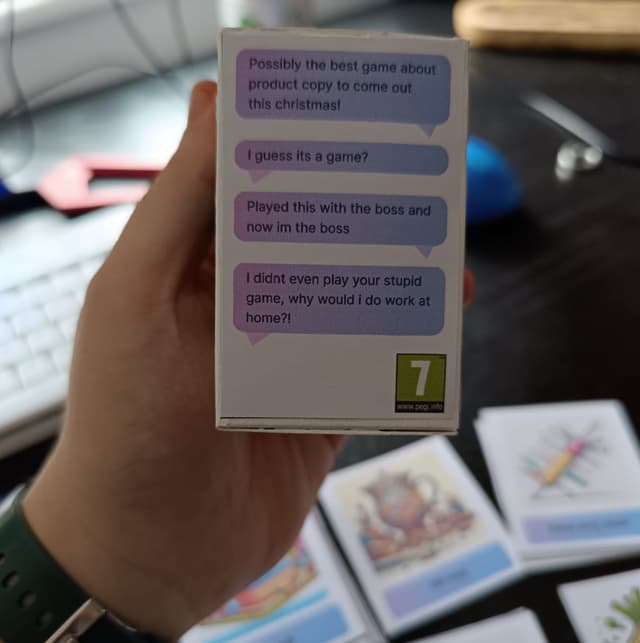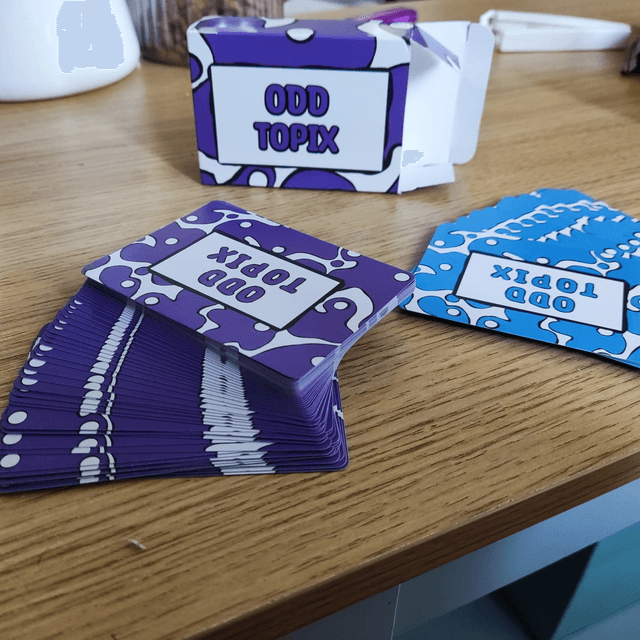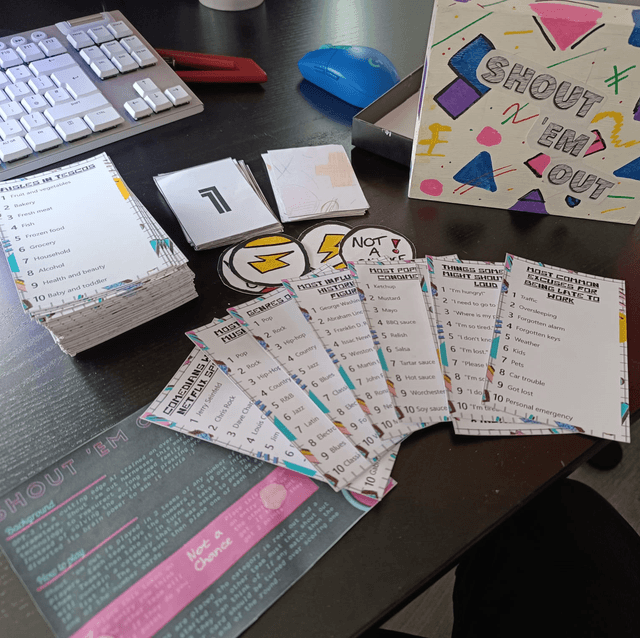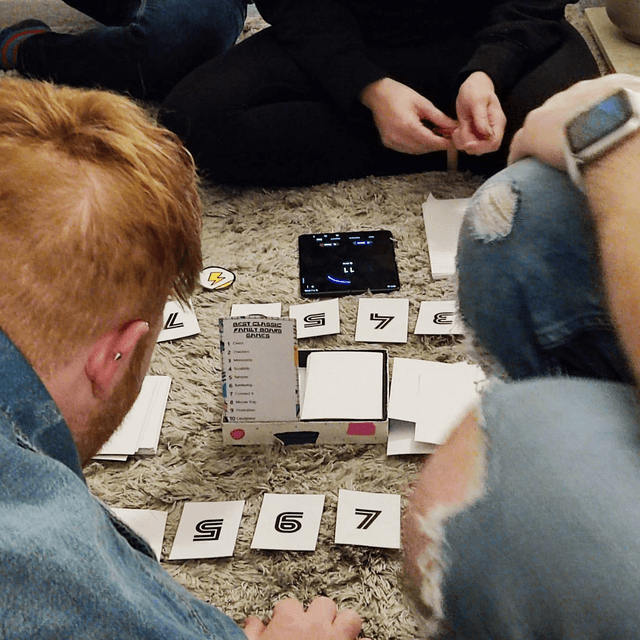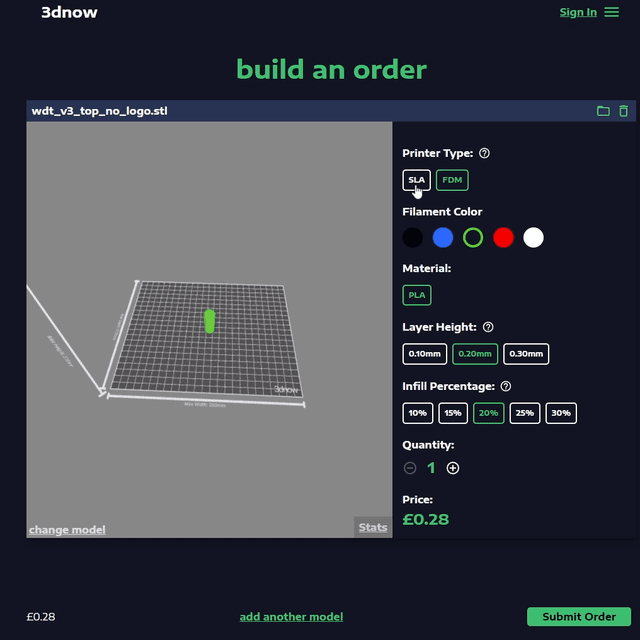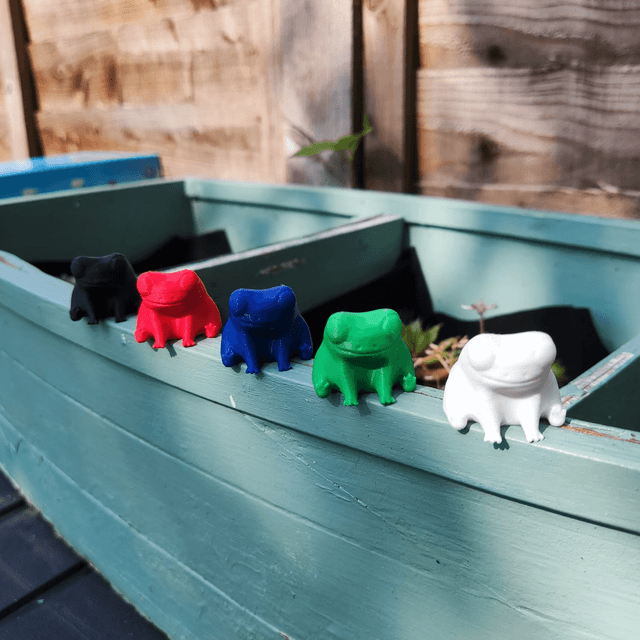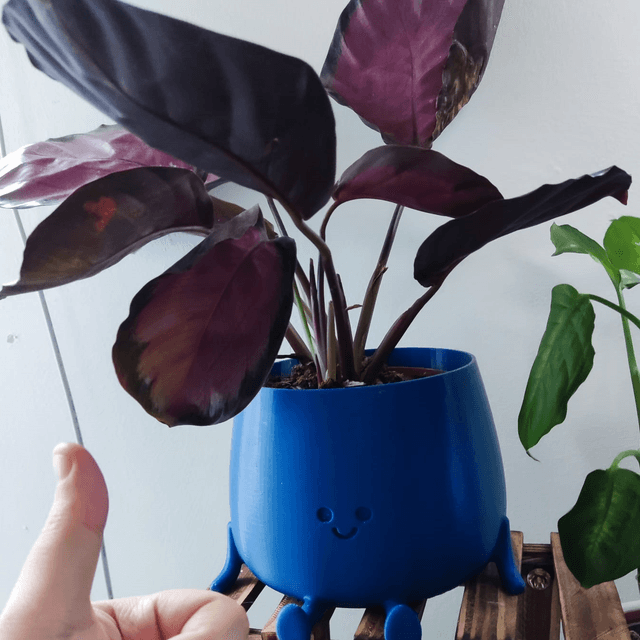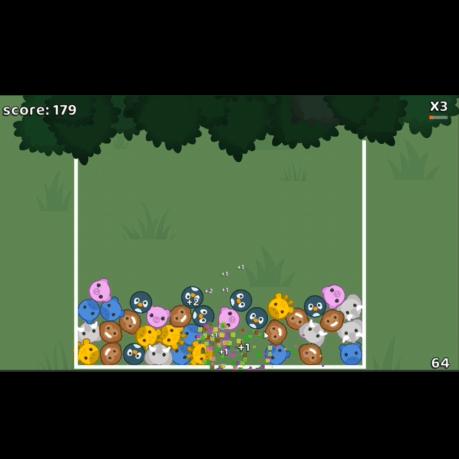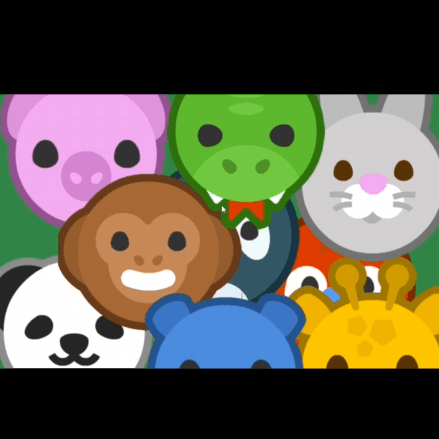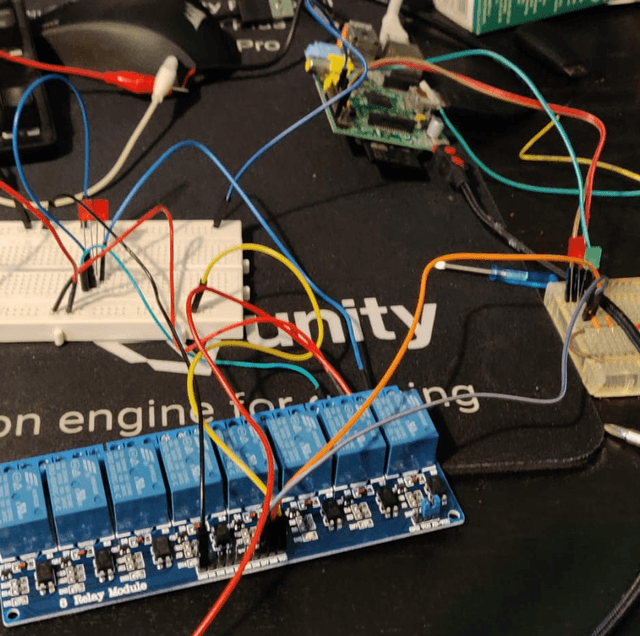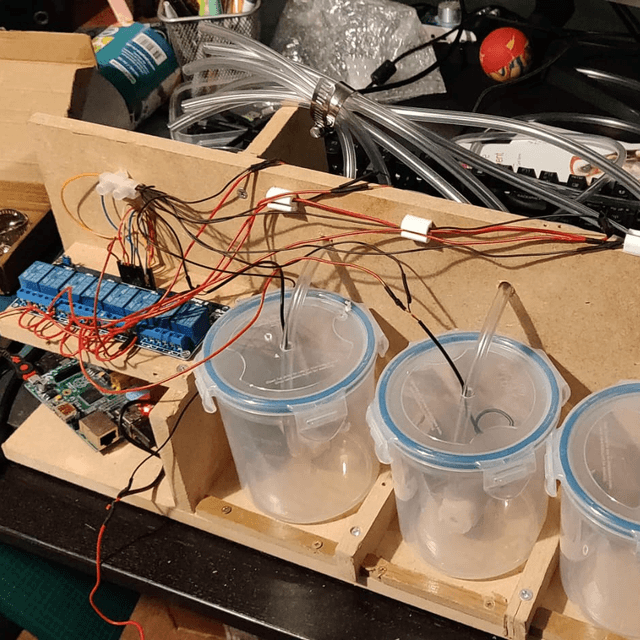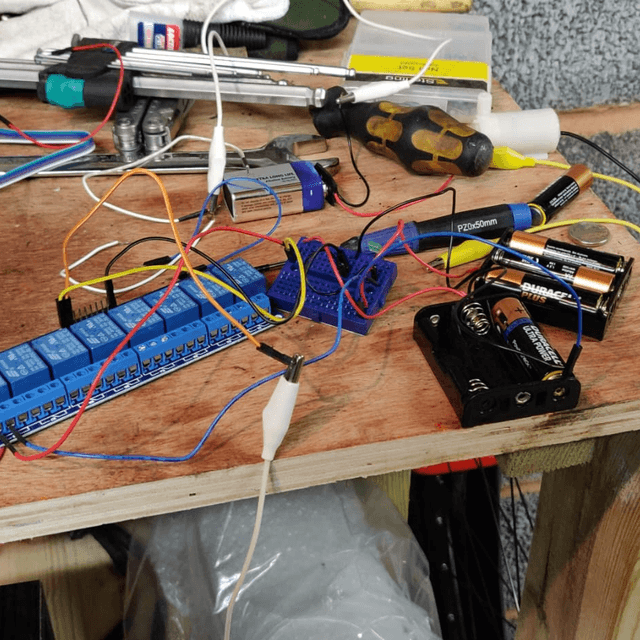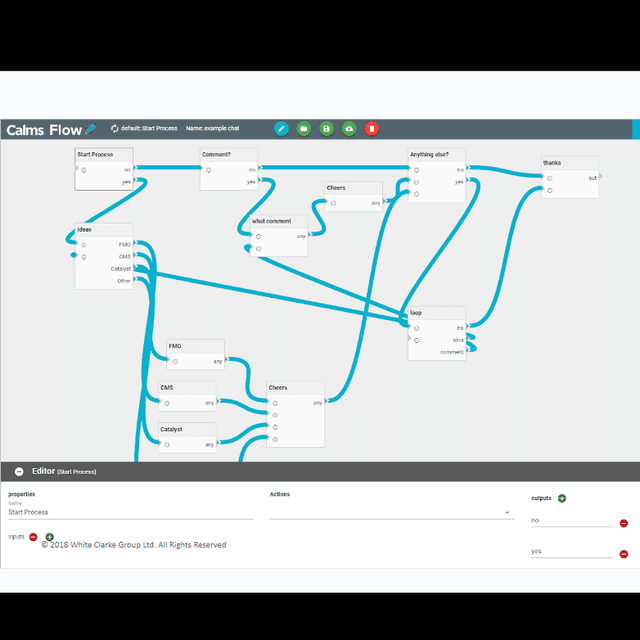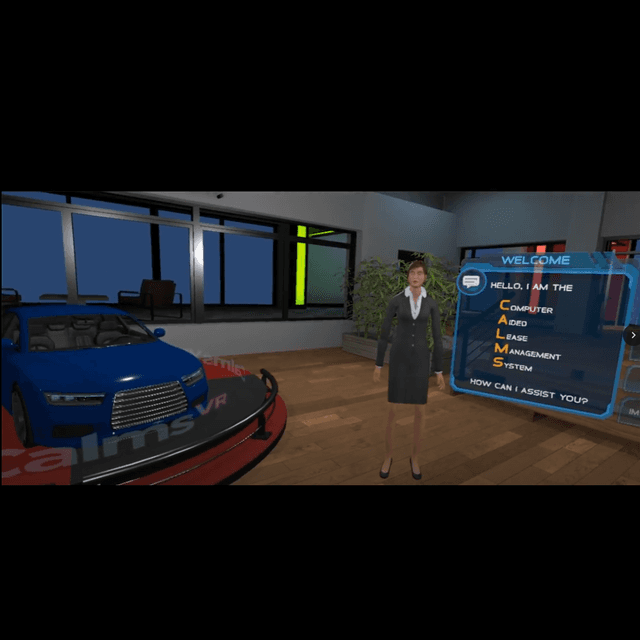Roll up, Roll up is a game I created in two weeks for the Boss Rush game jam 2025. It is a 3D action game set in a haunted carnival where you must pit yourself against three unique bosses using nothing but an oversized mallet.
The game marks the first time I've created a 3D action game like this. Although I could bring over the skills and techniques I've learned from creating some of my strategy games It still presented a lot of new challenges and ideas that i enjoyed tackling.
I think my biggest achievements in this game were
- A compelling over world which roots the fights into a cohesive world.
- Cinematic boss intros that used cinemachine to create sell the character of the bosses.
- An adaptable combat system that allowed me to build varied and interesting attacks for all the differn bosses using the same base system.
- A kinematic system that allows the player to dynamically drag the mallet around behind her.
This game has a lot im proud of achieving in such a short amount of time. I am excited to take the lessons i've learnt see how I can use them to tackle more action games in the future.











